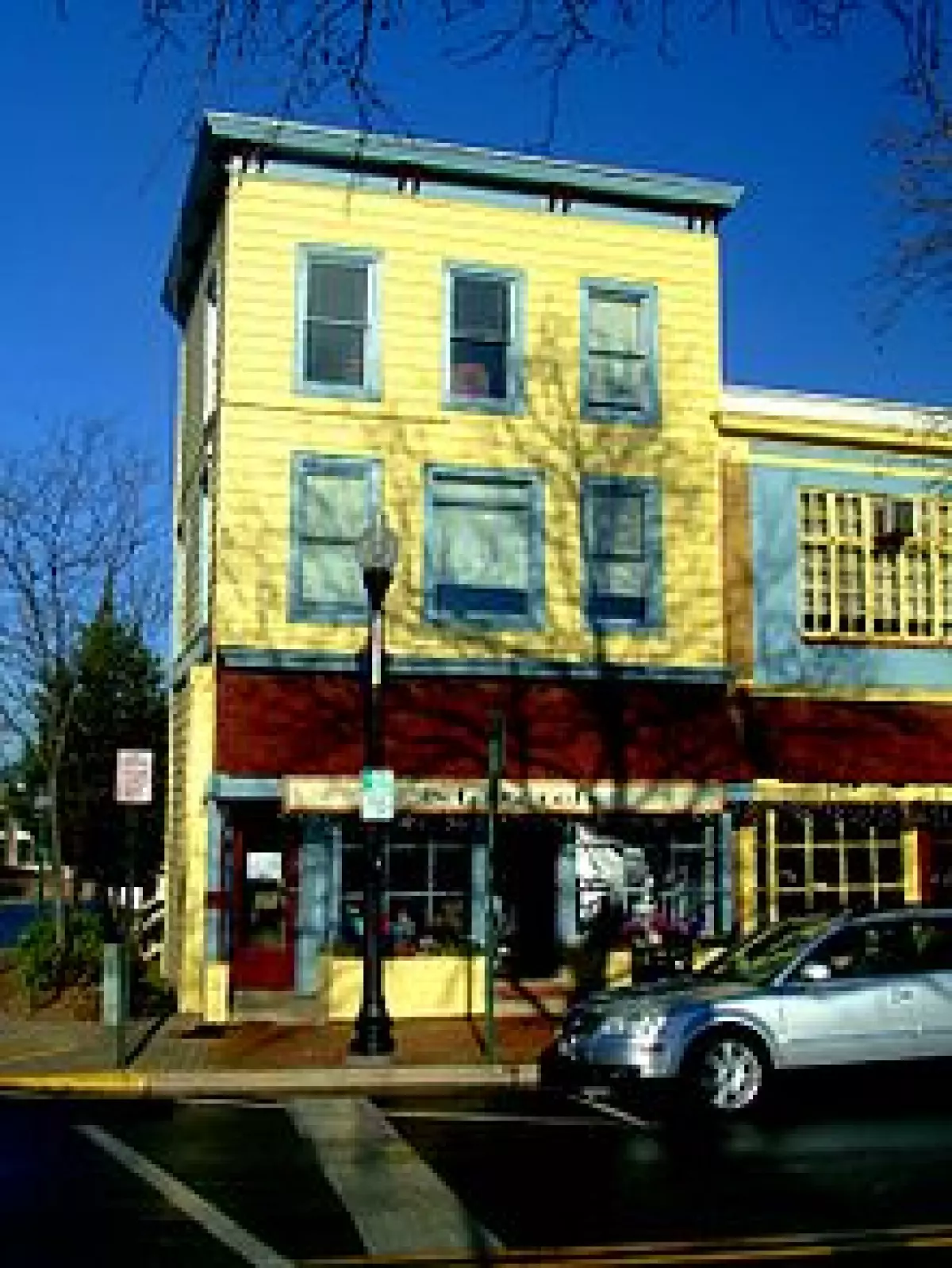
Commercial property, also known as commercial real estate, investment property, or income property, refers to buildings or land that are specifically designed to generate profits through capital gains or rental income. This type of property includes office buildings, medical centers, hotels, malls, retail stores, multifamily housing buildings, farm land, warehouses, and garages. In some states, residential properties with a certain number of units also qualify as commercial property for borrowing and tax purposes.
Commercial buildings are structures that are utilized for commercial activities, such as office spaces, warehouses, and retail establishments like convenience stores, shopping malls, and big-box stores. In urban areas, commercial buildings often combine different functions, with offices on higher floors and retail spaces on the ground floor. Local authorities enforce strict regulations on commercial zoning, designating certain areas specifically for commercial purposes.
Types of Commercial Property
Commercial real estate is generally categorized into five main types:
-
Office Buildings: This category encompasses a wide range of properties, including single-tenant buildings, small professional office spaces, and downtown skyscrapers.
-
Retail Shops/Restaurants: This category includes various types of retail spaces, such as standalone stores, shopping centers, community centers, and lifestyle centers that incorporate both indoor and outdoor shopping experiences.
-
Multifamily: Referring to apartment complexes or high-rise buildings, multifamily properties are typically considered commercial real estate when they consist of more than four units.
-
Land: This category comprises undeveloped rural or urban land that is primed for future development or infill projects within established areas.
-
Industrial: Industrial properties encompass warehouses, research and development facilities, cold storage facilities, and distribution centers.
The Investment Aspect
Investing in commercial real estate involves several key elements, including cash inflows, outflows, timing of cash flows, and risk assessment. Analyzing these elements is crucial when providing services to commercial real estate investors.
Cash inflows refer to the money put into the property, such as rental income, operating expense recoveries, fees, proceeds from sales, tax benefits, depreciation, and tax credits. On the other hand, cash outflows include the initial investment, operating expenses, taxes, debt service, capital expenses, and costs associated with selling the property.
Understanding the timing of cash inflows and outflows is essential for projecting positive and negative cash flow periods. Risk evaluation depends on market conditions, current tenants, and the likelihood of lease renewals. Predicting the probability of cash flows matching predictions and the possibility of unexpected cash flows is also crucial.
As of 2018, the total value of commercial property in the United States was estimated at around $6 trillion. The market's strength is measured by the US Commercial Real Estate Index, which incorporates eight economic drivers and is calculated on a weekly basis.
However, there are potential risks in the commercial real estate market. In the United States, over $160 billion worth of commercial properties are currently facing default, foreclosure, or bankruptcy. In Europe, approximately half of the €960 billion debt backed by commercial real estate is expected to require refinancing within the next three years. Economic conditions, such as interest rate hikes, could further impact valuations, loan refinancing, and debt servicing, leading to potential dislocation in commercial real estate markets.
Despite these risks, the commercial property sector contributes significantly to Europe's economy, estimated at around €285 billion in 2012, and provides employment for approximately 4 million people.
The Commercial Property Transaction Process
The commercial property transaction process typically involves brokers representing sellers and buyers. Brokers market the property for the seller, while buyers or their representatives search for properties based on specific criteria.
A letter of intent (LOI) is often used to outline the major terms of an offer before drafting legal documents. Once both parties sign the LOI, a purchase and sale agreement (PSA) is created. This agreement establishes the terms, conditions, and timeline for the sale.
Buyers usually submit an escrow deposit after signing the PSA. The transaction then enters the due diligence phase, where the buyer conducts a detailed assessment of the property. The seller is required to disclose relevant information, and the buyer may have the right to terminate or renegotiate the deal based on due diligence findings.
After completing the due diligence process, the transaction proceeds to the closing phase, where funds and title are transferred. Post-closing processes involve notifying tenants of ownership changes, transferring vendor relationships, and providing relevant information to the asset management team.
Conclusion
Commercial property offers lucrative investment opportunities in various sectors, including office buildings, retail spaces, multifamily properties, land, and industrial facilities. Understanding the financial aspects, evaluating risk, and following a meticulous transaction process are essential for success in the commercial real estate market.
To learn more about commercial property and delve deeper into this exciting investment realm, consult reliable sources such as the International Journal of Strategic Property Management and reputable real estate research firms.









